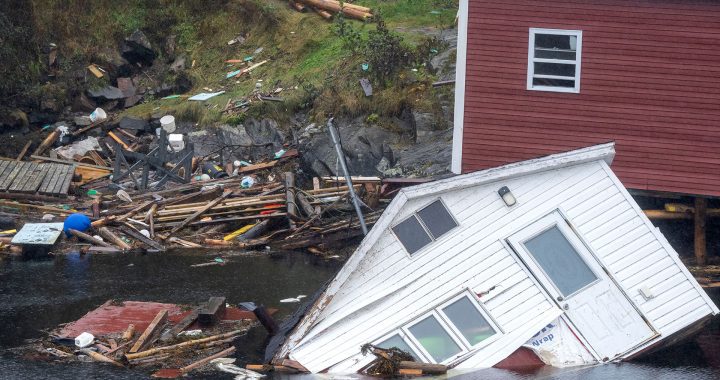New research from scientists at the University of Western Ontario suggests wastewater from a Dryden, Ont., paper mill is intensifying mercury contamination in the English-Wabigoon River system.
The research team, led by Western biology professor Brian Branfireun, detected heightened levels of methylmercury – the most toxic form of mercury – in the northern Ontario river’s sediment, water and fish.
“When we have a very contaminated mercury environment like the Wabigoon River, then even a very small percentage of a very big amount equals quite a big amount. So that’s why the mercury in fish is still very high in that river,” Branfireun said during a Zoom call with APTN News Thursday.
While scientists have been researching mercury contamination in the area for decades, Branfireun said the researchers discovered the combination of sulphate and organic matter from the mill was elevating the creation of the more toxic, methylmercury in the river.
“The process of methylation is kind of like baking. It requires multiple ingredients and it has to be done under the right conditions,” he said. “We learned that the mill was adding the other necessary ingredients to form methylmercury.”
The mill is located upstream of Grassy Narrows First Nation, a community of fewer than 1,000 people near the Ontario-Manitoba border.
Throughout the 1960s, the mill dumped 9,000 kilograms of mercury into the English-Wabigoon River system.
Although the paper mill stopped using mercury in 1975, members of Grassy Narrows First Nation continue to face significant health issues. One study estimated that more than 90 per cent of the community’s population displays symptoms of mercury poisoning.
“What my hope is, is that now that we have this scientific information and this has been demonstrated clearly, is that it’s taken seriously,” Branfireun said. “There’s no question in my mind that these discharges are worsening the mercury problem in the river.”
When asked whether the federal government was aware of the connection between industrial pollution and mercury poisoning in Grassy Narrows, federal Indigenous Services Minister Patty Hajdu said the matter falls under Ontario jurisdiction.
“The First Nations Water Act is the legislation that hopefully will begin to see an end to the kinds of poisoning of water that we’ve seen across this country, specifically as it relates to water that feeds First Nations,” Hajdu said.
She added the federal government has committed $70 million to a mercury treatment home for affected members of Grassy Narrows.
Now that the findings have been released to the government, Branfireun hopes regulating bodies, including the Ontario government, will take action.
“If we turn down the heat on the process that’s forming methylmercury then we can bring down mercury levels in fish relatively quickly,” he said.
With files from The Canadian Press.










